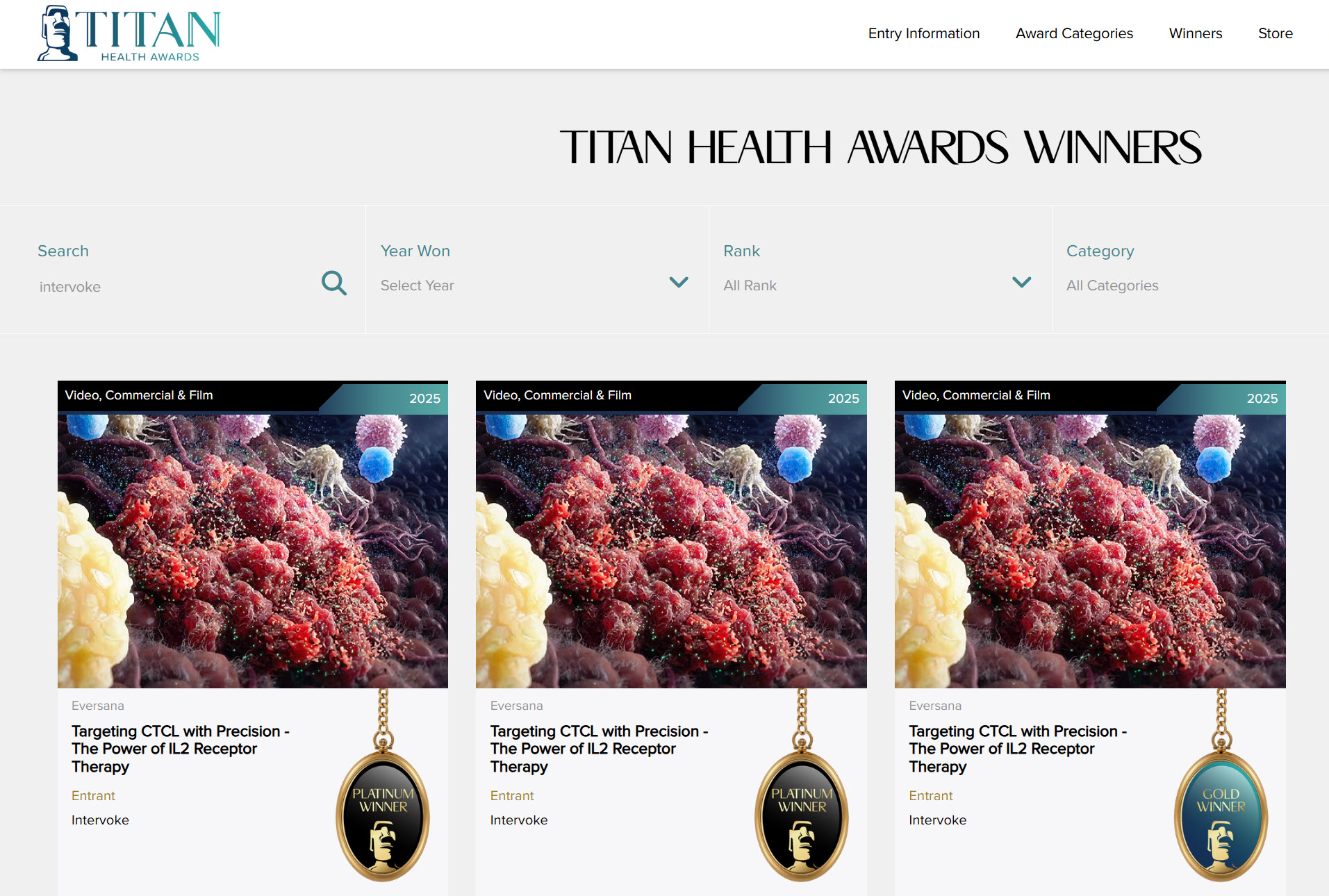The Power of Medical Animation: Enhancing Educational Exhibits and Presentations in Clinical Medicine
Medical concepts are often intricate, involving detailed anatomical structures, physiological processes, and the mechanics of disease.

In the rapidly evolving field of clinical medicine, conveying complex concepts to a diverse audience poses a unique challenge. Whether educating healthcare professionals (HCPs), engaging patients, or informing the general public, the effectiveness of communication is paramount. This is where medical animation shines, offering a powerful tool for enhancing educational exhibits and presentations in clinical medicine.
Simplifying Complex Medical Concepts
Medical concepts are often intricate, involving detailed anatomical structures, physiological processes, and the mechanics of disease. Medical animations can simplify these complexities by visually breaking down intricate ideas into easily digestible segments. For instance, an animation depicting the progression of atherosclerosis can show the buildup of plaque within arteries and its impact on blood flow, making it easier for audiences to grasp the process in a matter of minutes.
Visual learning is a key driver of understanding, and animations cater to this by providing a clear, step-by-step illustration of complex medical processes. This is particularly valuable in clinical settings where time is limited, and the need for quick comprehension is high.
Engaging a Diverse Audience
In clinical medicine, the audience often includes individuals with varying levels of medical knowledge—from seasoned healthcare professionals to patients with little to no medical background. Medical animations bridge this knowledge gap by presenting information in a universally understandable format.
For HCPs, these animations can serve as a refresher or a means of delving deeper into a particular topic. For patients, they can demystify medical procedures, helping to reduce anxiety and improve patient adherence to treatment plans. For example, an animation explaining how insulin works in the body can be a powerful tool in educating both newly diagnosed diabetics and seasoned endocrinologists alike.
Enhancing Retention and Recall
Studies have shown that visual aids significantly enhance information retention and recall. Medical animations leverage this by creating memorable visual experiences that stick with the audience long after the presentation is over. The dynamic nature of animations, with their ability to illustrate movement, change over time, and highlight critical points, makes them far more engaging than static images or text.
This is especially important in clinical education, where retaining information can directly impact patient care. When a medical professional can easily recall the visual representation of a procedure or disease process, they are better equipped to apply that knowledge in real-world scenarios.
Supporting Data-Driven Presentations
Clinical medicine is heavily reliant on data, whether it's statistical analysis, clinical trial results, or patient outcomes. Medical animations can effectively integrate data into presentations by visually representing it in a clear and engaging manner. Charts, graphs, and other data points can be animated to show trends over time, correlations, or the impact of specific interventions.
For instance, a presentation on the efficacy of a new drug can use animations to show how the drug interacts with cellular structures, backed by animated graphs showing its impact on patient outcomes over time. This not only makes the data more accessible but also more persuasive.
Facilitating Interactive Learning
Medical animations are not just passive tools; they can also be used to create interactive learning experiences. Interactive animations allow users to explore different aspects of a medical concept at their own pace, making the learning experience more personalized and effective.
For example, a 3D animation of the human heart could allow users to rotate the heart, zoom in on specific areas, and view the effects of various conditions like hypertension or heart failure. This hands-on approach to learning can deepen understanding and enhance retention.
Elevating the Impact of Educational Exhibits
Educational exhibits in clinical settings, such as conferences or health fairs, are more impactful when they capture and hold the attention of attendees. Medical animations are highly effective in this regard, drawing in viewers with their dynamic visuals and engaging content.
A well-crafted animation can be the centerpiece of an exhibit, providing a visually stunning way to convey key messages. For instance, an exhibit on cancer treatment could use animation to show how different therapies target cancer cells, making the science behind the treatment accessible to all visitors.
Medical animations are revolutionizing the way we communicate complex medical information in educational exhibits and presentations. By simplifying complex concepts, engaging diverse audiences, enhancing retention, supporting data-driven narratives, facilitating interactive learning, and elevating the impact of exhibits, these animations are becoming indispensable tools in clinical medicine.
As the field continues to evolve, the use of medical animation is likely to expand, offering even more innovative ways to educate, inform, and engage audiences in the world of clinical medicine.
Let’s Get Started
Interested in learning more about how Intervoke can bring your science to life?
Contact us or book a Discovery Call to get started.


